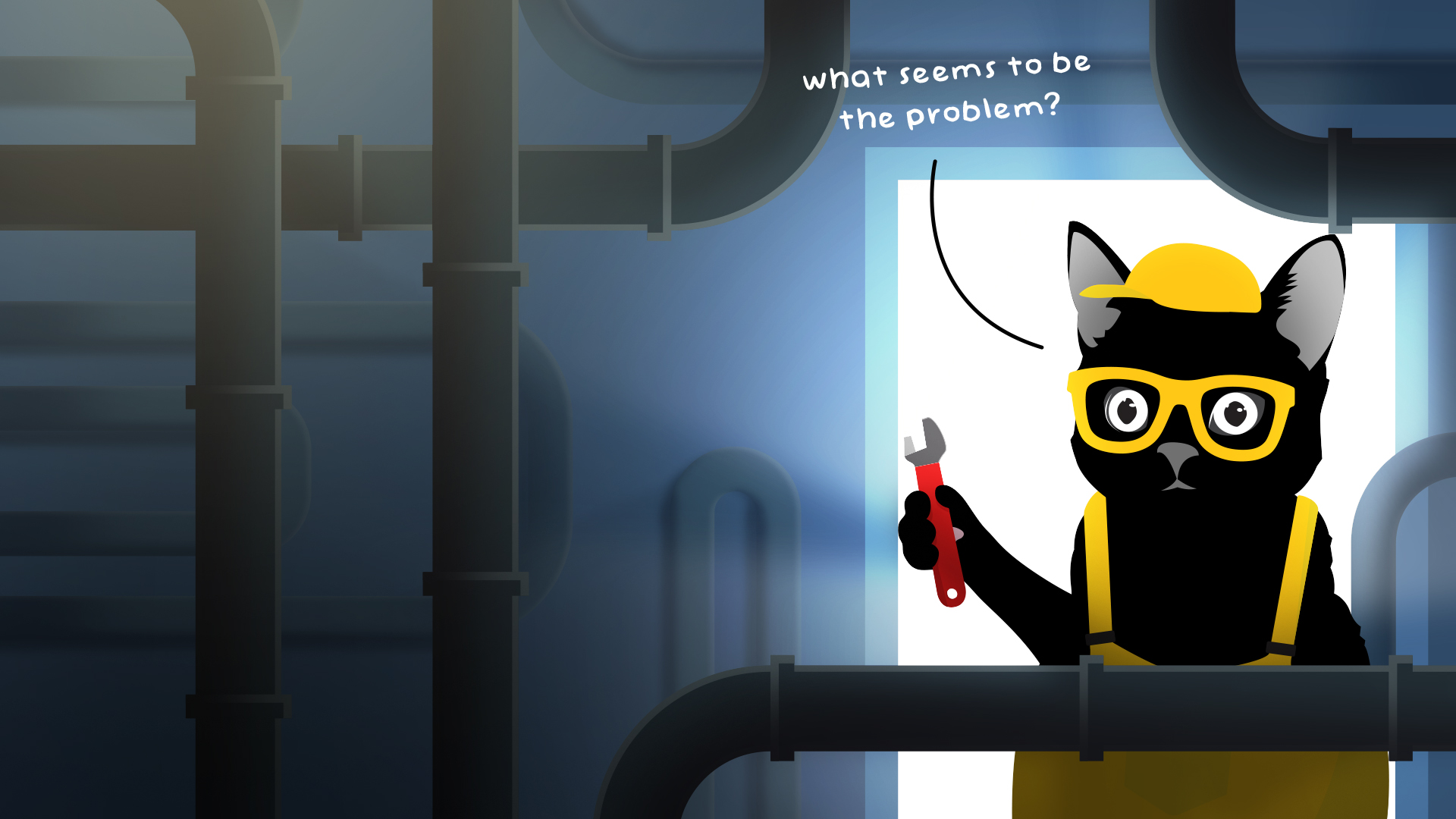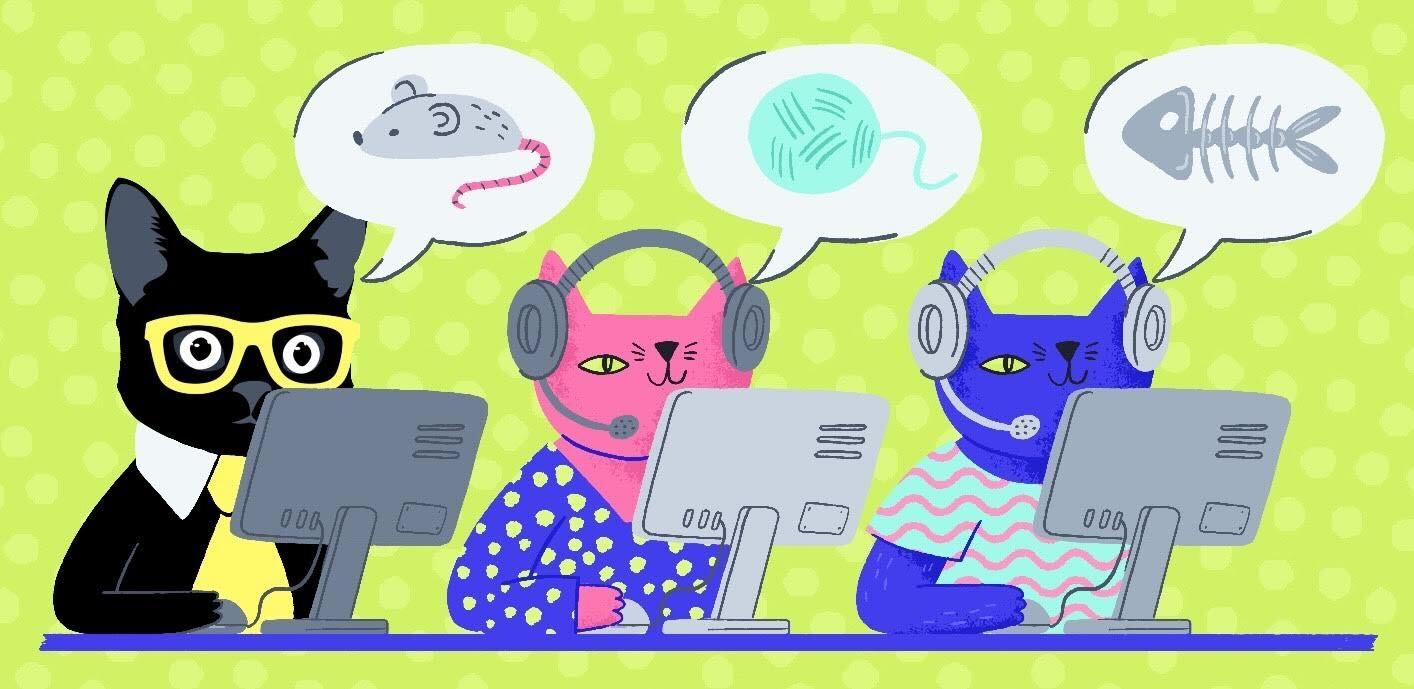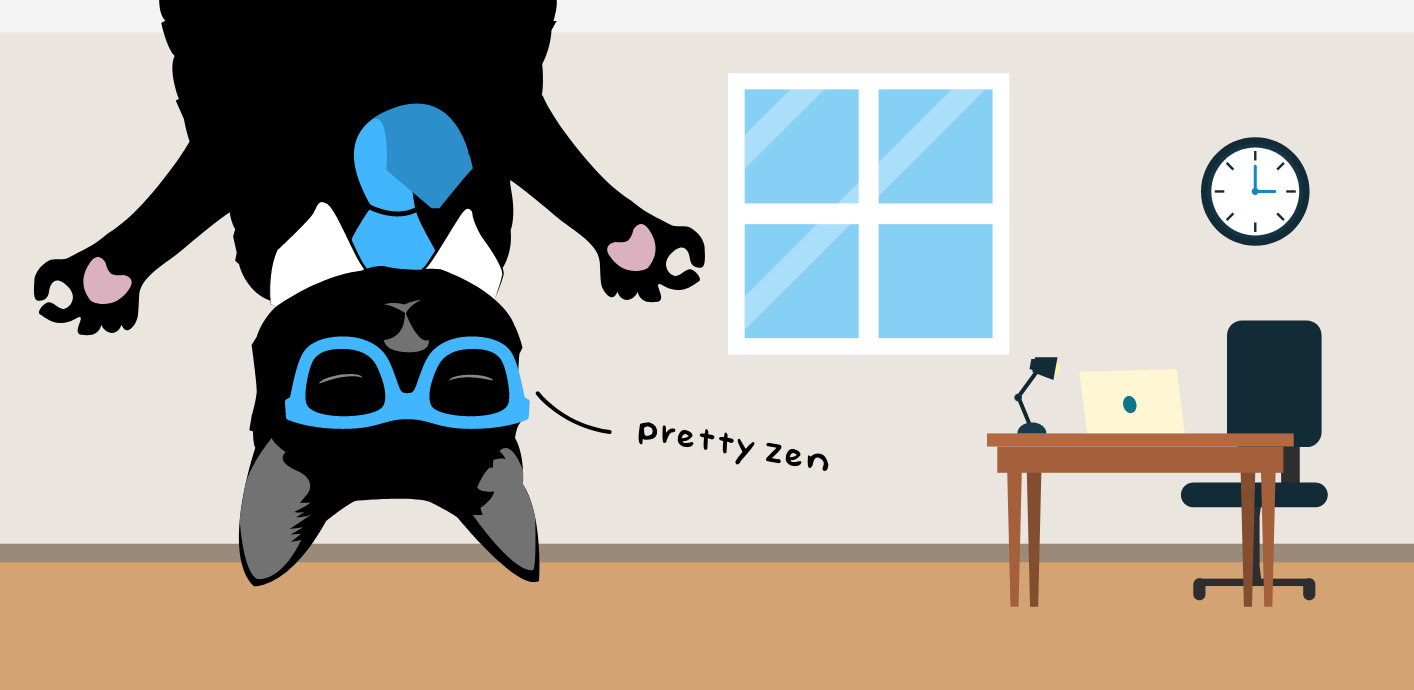In the realm of customer service, there’s a distinctive scent in the air that every paw-some agent can smell: The whiff of escalation.
It’s that critical turning point where a mildly disgruntled customer encounters a dismissive or insufficient response. Suddenly, what started as a minor inconvenience transforms into a high-stakes situation.
And that’s where customer escalation management comes in.
A good escalation process involves crafting an individual approach for managing escalations in each case, requiring robust care and expertise. Developing this ability can defuse volatile situations and transform them into opportunities for growth and stronger customer relationships.
Here’s how you can implement that in your company today.

What is customer escalation management?
Customer escalation management is the process a case goes through once something happens that makes it escalate — that is, the issue is not resolved by the first-line agent but moves to someone more senior.
Tracking customer escalations
In an ideal world, you resolve all your tickets with a single response. However, every now and then you probably face cases that need more interaction. Escalation Rate tells you how many support tickets escalated to seniors/managers, and were not solved by first-line support agents.
How to calculate Escalation Rate = Escalated support tickets / Total number of tickets
Aim to keep Escalation Rate as close to 0 as possible. If this percentage is low, that means the first person the customer talks to is usually able to solve the customer’s problem. If you see your Escalation Rate go up, though, you should take a look at other customer service metrics, for example:
- Resolution Time: How long does it take to resolve escalated cases? The quicker, the better.
- First Contact Resolution Rate (FCR): How many customer service requests and issues were resolved in a timely manner, at the first point of contact?
- Customer Satisfaction Score (CSAT): How satisfied were customers with the handling and resolution of their escalated issues?
- Internal Quality Score (IQS): Are your customer service agents following internal quality guidelines when handling customer escalations?
Once you track Escalation Rate along with other metrics, you will be able to understand if the quality of your customer service has gone down or purrr-haps there are issues within the products that need to be solved.
Keep in mind that the goal is not to eliminate escalations (since some are inevitable) but to handle them effectively when they occur and learn from them to improve your overall customer service.

Why do customer escalations happen?
Escalations can happen for any number of reasons. Some of the most common kinds of escalations include:
- Service-related escalations are when customers are unhappy with the quality of service. This might be related to the communication style or a failure to meet SLAs (service-level agreements).
- Product-related escalations. These involve dissatisfaction with the product, such as a defect, malfunction, or product failure.
- Billing and payment escalations. Payment issues tend to be more serious. These escalations revolve around disputes related to billing, invoices, or refunds.
- Technical escalations. The severity here depends on the issue. Some technical problems result in lost data or require lengthy troubleshooting.
- Regulatory or contractual escalations. When customers escalate an issue to the legal authorities or a contractual agreement is breached, these cases often require careful handling and legal expertise.
83% of customers feel more loyal to brands that respond to and resolve customer complaints.
That’s why having a great process in place that helps your customer service team turn the situation around can have a massive impact.

How to manage customer escalations? Best practices
Great escalation management requires a thoughtful process.
For a customer service representative, dealing with an escalated case is stressful. When a customer gets so angry they start threatening to take legal action against your employer, your agents will likely feel insecure and guilty.
As a manager, you should empower your own service agents to deal with as many situations as possible while acting as a safety net when the fur starts to fly.
There are two key parts to managing customer escalations:
- Creating an escalation management process.
- Using techniques that de-escalate the situation.

Creating an escalation process
This is what a typical escalation management process looks like.
Identify the escalation
This might be the toughest step, especially if your customer service agents feel a strong sense of responsibility. Handing cases off to other people can feel like a personal failure.
Defining clear-cut criteria might make that easier, like “if a customer returns more than three times about the same issue” or “if a customer requests to talk to a supervisor.”
You need to ensure your agents (and you!) don’t perceive escalations as personal shortcomings. Sometimes, a team member might do everything exactly right, and the situation will still escalate.

Assign the case to someone
Ideally, you’d have some senior customer service agents trained in de-escalation who can jump in and help. If you don’t have that or you have a smaller team, that person might be you.
You want someone who has the authority and expertise to address what might be a complex issue. They should be empowered and trusted to make decisions like providing compensation, firing a customer, or issuing a refund.

Investigate the situation
Escalated cases should be treated with higher priority and urgency. Often, a speedy response is a major part of a successful de-escalation — although some cases might benefit from sitting a little if emotions are heightened on all sides.
That means reviewing all previous interactions and understanding how and why the situation escalated. Sometimes, it might involve consulting with other departments, especially if it’s a legal or technical issue.

Find a resolution
Finding a resolution is often the most complex step.
You’re on the right track if you can offer something that satisfies the customer while aligning with your company’s policies and capabilities. That often requires creativity in finding unorthodox solutions.

Provide feedback and debrief
While it’s important to have a culture that encourages your agents to escalate a case when necessary, combining that with helpful feedback is key.
If there is something the agent could do better — and there almost always is, even if the situation escalated due to an internal policy — it’s essential to give feedback. Great feedback should always help your agent cat-apult their performance. It should make them feel empowered and supported, not blamed for a mistake.
Developing a good QA program is one of the best ways to do this. Regular quality reviews normalize feedback and can nip any recurring issues in the bud.
Debriefing also provides a valuable opportunity to identify systemic issues, process gaps, or improvement areas.
Using de-escalation techniques
How you communicate with your customers determines whether you’re successful at de-escalating.
The 5As of De-Escalation provide a good framework for communication:
- Acknowledge their experience. Practice active listening to understand what the customer wants and rephrase it to them. Being empathetic and calm can make them feel understood.
- Address their points directly to demonstrate genuine care and investment in understanding their perspective.
- Assert your company’s position while being respectful and compassionate. Avoid arguing with your customer or trying to convince them they’re wrong. You want to offer an alternative explanation that helps them understand your perspective without diminishing theirs.
- Agree with them. Take ownership of the problem and make it clear you feel responsible for finding a solution. There’s room for apologies in customer support, usually in these types of cases.
- Appeal to their understanding. Present the solutions available and give your customers options, so they can be part of solving the problem as well.
These techniques sound simple in theory but are challenging to implement in practice. Doing some training activities or developing a continuous training program can help your team manage the stress of escalations.

Examples of customer escalation management
Some companies invest huge amounts in customer service.
There are two potential ways to look at their escalation management processes: either they’re incredibly innovative and way ahead of the curve, or they invest beyond what most would consider reasonable.
What many of them have in common is they try to avoid the escalation in the first place.
- In 2017, Tesla decided to allow car owners to escalate issues directly to their executives in an attempt to counteract the impact of a lawsuit a Tesla owner brought against the company. It’s always great when company executives take an interest in the support they provide — but maybe a better solution would be to invest far more in their customer support team and empower them to go above and beyond in solving customer issues.
- The Ritz-Carlton is famous for encouraging their employees to spend up to $2000 to solve any customer issue. This is another policy that avoids escalations because every employee can use that budget at their discretion to find opportunities to enhance their customer experience. Their mindset and strategy create customers for life—a great example of how employee empowerment can make a huge difference.
- Zappos became notorious for their insanely long phone customer calls after a customer service agent stayed on a call for almost 11 hours. That wasn’t even an escalated case — it started as a perfectly normal phone call. But Zappos’s whole philosophy and style of customer support inherently avoid escalations. They aim to create deep connections with their customers. One of their training courses is even called “the School of Wow,” which is all about teaching agents how to create a “wow” moment.
I won’t blame you if you’re thinking, “11 hours?!”. Yes, Zappos definitely takes it to an extreme, and their level of dedication might not be achievable or advisable, but their principles are inspirational.
The lesson to be learned here is that great escalation management starts from the top and cascades through your entire company. There’s a balance to aim for between your customer and their needs, your company and policies, and the agent that’s on the line.

Build a strong foundation with support QA
Every customer support team needs an escalation management process, but you hope you’ll rarely need to use it.
The best way to prevent escalations is to get proactive about building a robust QA program.
A good QA program helps you provide continuous training and development — so that customer service teams can start catching early signs of escalation before a situation blows up.


